August 25, 2017
Emily Conover

CRASH AND FLASH Rumors suggest that LIGO may have detected gravitational waves from a new source: colliding neutron stars (illustrated). Such cataclysms are expected to generate a high-energy flash of light, called a gamma-ray burst (yellow jets). Several telescopes made observations seemingly in search of light from such events.
Speculation is running rampant about potential new discoveries of gravitational waves, just as the latest search wound down August 25.
Publicly available logs from astronomical observatories indicate that several telescopes have been zeroing in on one particular region of the sky, potentially in response to a detection of ripples in spacetime by the Advanced Laser Interferometer Gravitational-Wave Observatory, LIGO.

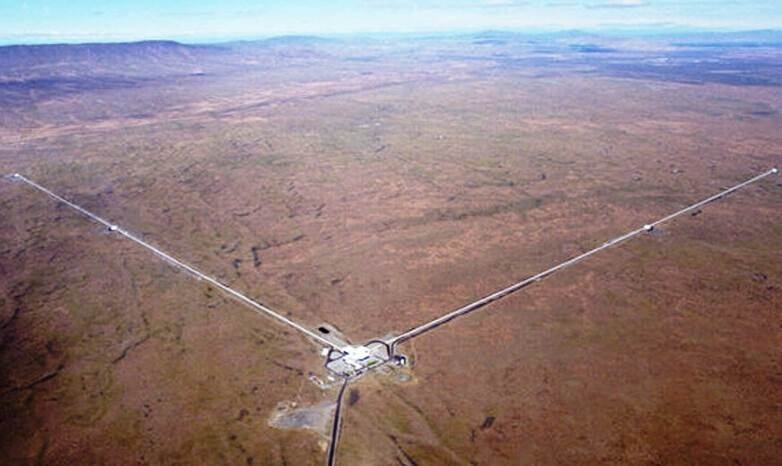
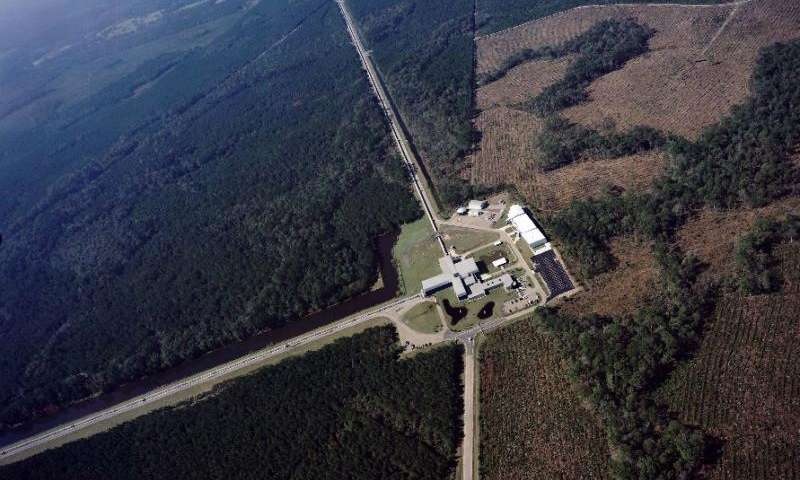


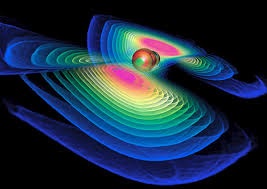
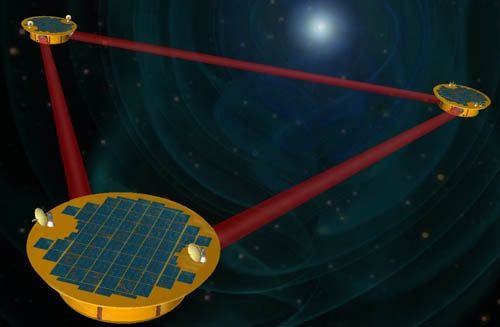
These records have raised hopes that, for the first time, scientists may have glimpsed electromagnetic radiation — light — produced in tandem with gravitational waves. That light would allow scientists to glean more information about the waves’ source. Several tweets from astronomers reporting rumors of a new LIGO detection have fanned the flames of anticipation and amplified hopes that the source may be a cosmic convulsion unlike any LIGO has seen before.
“There is a lot of excitement,” says astrophysicist Rosalba Perna of Stony Brook University in New York, who is not involved with the LIGO collaboration. “We are all very anxious to actually see the announcement.”
An Aug. 25 post on the LIGO collaboration’s website announced the end of the current round of data taking, which began November 30, 2016. Virgo, a gravitational wave detector in Italy, had joined forces with LIGO’s two on August 1 (SN Online: 8/1/17).


The three detectors will now undergo upgrades to improve their sensitivity. The update noted that “some promising gravitational-wave candidates have been identified in data from both LIGO and Virgo during our preliminary analysis, and we have shared what we currently know with astronomical observing partners.”
When LIGO detects gravitational waves, the collaboration alerts astronomers to the approximate location the waves seemed to originate from. The hope is that a telescope could pick up light from the aftermath of the cosmic catastrophe that created the gravitational waves — although no light has been found in previous detections.
SPIRAL IN Two neutron stars orbit one another and spiral inward until they merge in this animation. The collision emits gravitational waves and a burst of light.
Since mid-August, seemingly in response to a LIGO alert, several telescopes have observed a section of sky around the galaxy NGC 4993, located 134 million light-years away in the constellation Hydra. The Hubble Space Telescope has made at least three sets of observations in that vicinity, including one on August 22 seeking “observations of the first electromagnetic counterparts to gravitational wave sources.”

Likewise, the Chandra X-ray Observatory targeted the same region of sky on August 19.
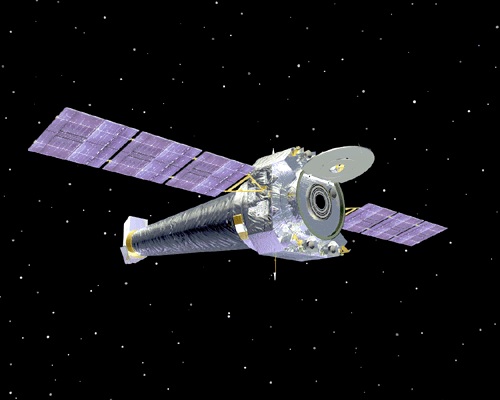
And records from the Gemini Observatory’s telescope in Chile indicate several potentially related observations, including one referencing “an exceptional LIGO/Virgo event.”


“I think it’s very, very likely that LIGO has seen something,” says astrophysicist David Radice of Princeton University, who is not affiliated with LIGO. But, he says, he doesn’t know whether its source has been confirmed as merging neutron stars.
LIGO scientists haven’t commented directly on the veracity of the rumor. “We have some substantial work to do before we will be able to share with confidence any quantitative results. We are working as fast as we can,” LIGO spokesperson David Shoemaker of MIT wrote in an e-mail.
See the full article here .
Science News is edited for an educated readership of professionals, scientists and other science enthusiasts. Written by a staff of experienced science journalists, it treats science as news, reporting accurately and placing findings in perspective. Science News and its writers have won many awards for their work; here’s a list of many of them.
Published since 1922, the biweekly print publication reaches about 90,000 dedicated subscribers and is available via the Science News app on Android, Apple and Kindle Fire devices. Updated continuously online, the Science News website attracted over 12 million unique online viewers in 2016.
Science News is published by the Society for Science & the Public, a nonprofit 501(c) (3) organization dedicated to the public engagement in scientific research and education.
Please help promote STEM in your local schools.
